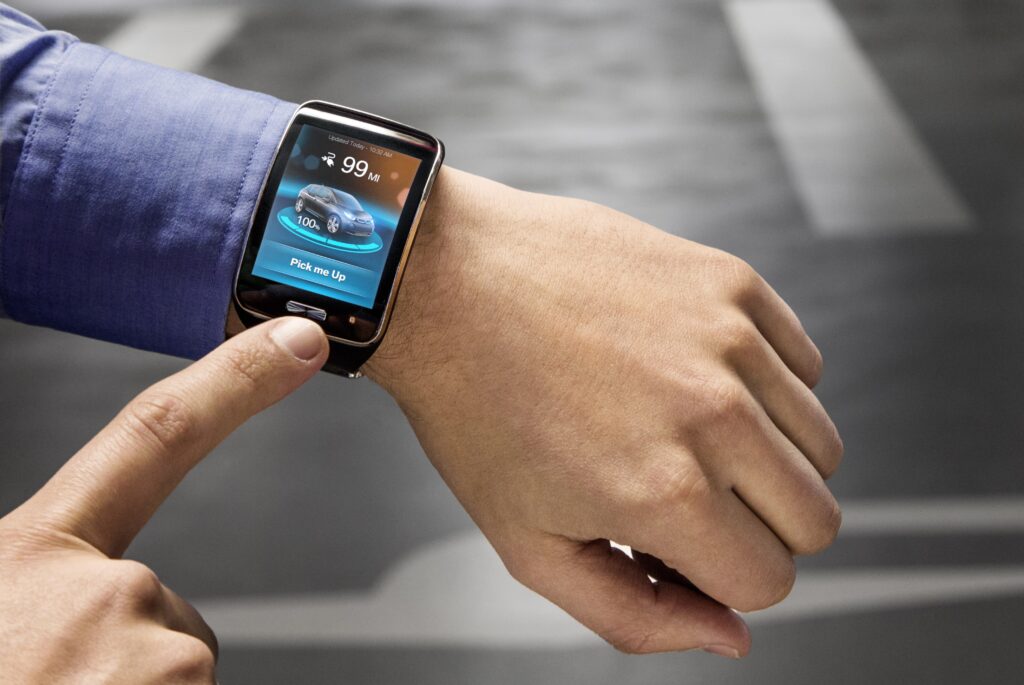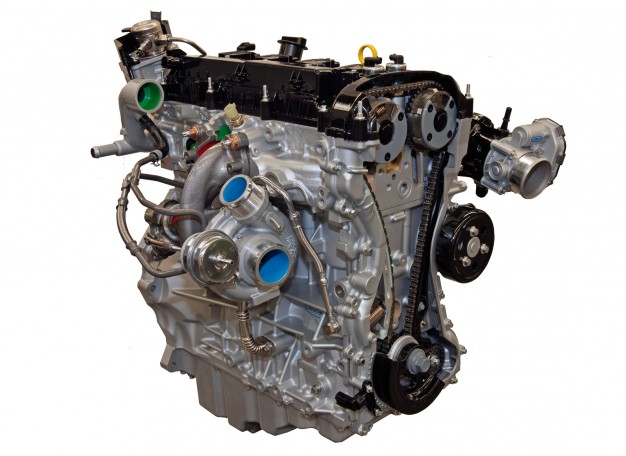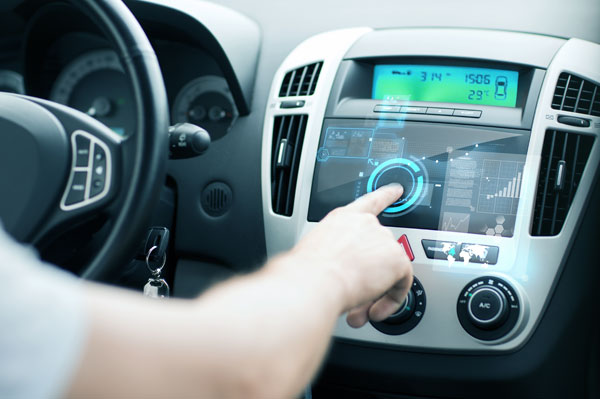Turbo trends
Currently, more than 75% of new vehicles sold in Europe come fitted with a turbocharger, and this figure is increasing all the time. Whilst the rest of the world is lagging some way behind that figure, the global trend is only going one way.
You can see it across the industry – large naturally aspirated engines being replaced by smaller, more efficient turbo models. It’s a serious step change. Whereas once, your high-end performance car might have had a big V8, it’s now likely to have been replaced by a turbocharged V6. That big executive car with the 3 litre V6? It’s now a 2 litre turbocharged 4 cylinder.
Even the US, with its relatively low fuel costs, muscle car heritage and more cavalier attitudes to environmental issues and emissions, has started to embrace the turbocharger! Over the next decade, it’s expected that the US will catch up to Europe in terms of turbo market share.
What’s behind the trend?
There are two key drivers behind the rise of the turbocharger: fuel costs, and the environment.
Although fuel prices are currently falling and at their lowest for a decade, the long-term trends are fairly clear – oil is a limited resource, and both diesel and petrol prices are only going to rise in the mid to long term.
Smaller engines use less fuel than larger ones, and the turbocharger has proved to be the easiest and most cost-effective way for automotive companies to reduce the size of their engines without impacting on performance.
Using less fuel also helps to cut emissions, and with stricter environmental regulations coming into force all the time, fitting turbochargers to engines is proving to be the best way for manufacturers to cut their CO2 figures.
Turbo alternatives
Of course, turbocharging isn’t the only option out there for manufacturers looking to improve fuel economy and cut emissions.
Electric cars, hybrids and hydrogen powered vehicles all have a part to play, but currently, they simply haven’t found the same traction as turbocharging.
This is primarily to do with cost. Turbocharging has been around in some form or another for at least a century, and has been an integral part of mainstream manufacturers R&D efforts for the best part of 50 years.
It’s a mature technology, and therefore more commercially viable than newer developments. Recent improvements to turbocharging technology have also significantly boosted its effectiveness, whilst simultaneously cutting out some of the downsides (e.g. turbo lag) that previously held back the technology.
The result is vehicles that feel familiar, and have the same level of responsiveness and performance as those fitted with larger, naturally aspirated engines – something that hybrids and electric vehicles are only just beginning to achieve.
A turbocharged future
The turbocharger isn’t going anywhere!
You only have to look at the new models set for launch in the next couple of years to see that the world’s car manufacturers are now fully committed to the turbocharger. It’s an integral part of their short to mid term development plans, so whatever car you choose to buy next, you can be pretty confident it will have a turbocharged engine under the bonnet!
How AET can help
Whatever kind of turbocharged vehicle you drive, AET are here to help if things go wrong. With more than 40 years experience working on turbochargers of all types, we provide a full range of repairs and high quality replacements designed to get you back on the road.
For further information on any of our services, call us today on 01924 588 986.



